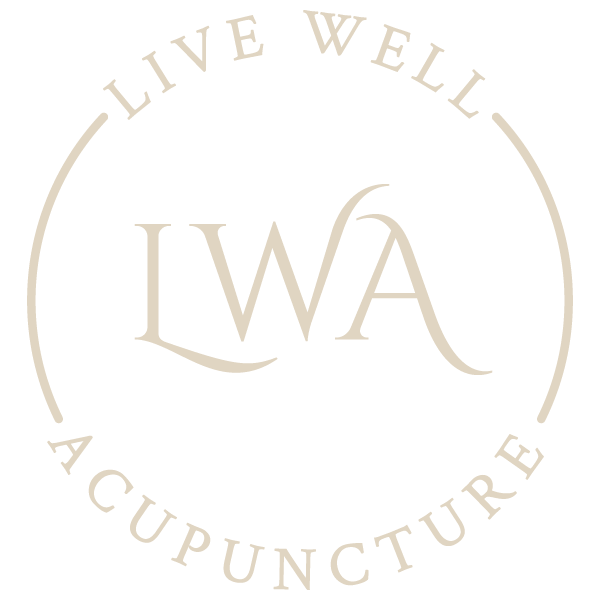
Ever wonder why you’re taking that multi-vitamin? We’ve all heard from our doctors that we should take vitamins but what do they really do?
Here’s an easy list to know what you’re taking, why you’re taking it and how much you should take. There are A LOT of vitamins out there however I just listed the big hitters that most of us are taking or may need.
VITAMIN A:
- What: Also known as Retinol has antioxidant properties and is found in carrots, spinach, dairy, cantaloupe and many other foods.
- Why: Important for vision including dry eyes, immunity, reproduction, protects against free radicals, which play a role in cancer and heart disease
- How Much: Men 900mcg, Women 700mcg,
VITAMIN B-6
- What: Found in poultry, fish, potatoes, chickpeas, bananas and fortified cereals
- Why: Important for normal brain development and keeping nervous and immune systems healthy.
- How Much: Age 50 and younger 1.3mg, 50+ Men 1.7mg, Women 1.5mg
VITAMIN B-9
- What: Also known as Folic Acid, found in dark green leafy vegetables, beans, peas and nuts. Also found in fruits like oranges, lemons, bananas, melons and strawberries.
- Why: red blood cell formation and for healthy cell growth and function
- How Much: 400mcg
VITAMIN B-12
- What: Found in poultry, meat, fish and dairy products. It is not found in plants so vegans need to supplement.
- Why: Essential in red blood cell formation, cell metabolism, nerve function and the production of DNA.
- How Much: 2.4mcg
VITAMIN C
- What: Found in Citrus fruits, tomatoes and potatoes.
- Why: Used to form blood vessels, cartilage, muscle and collagen in bones. Also vital to your body’s healing process.
- How Much: Men 90mg, Women 75mg
VITAMIN D
- What: Your body makes it when in direct sunlight. Also found in fatty fish such as salmon, mackerel and sardines
- Why: Used to build and maintain healthy bones. Its anti-inflammatory and supports immune health, muscle function and brain cell activity.
- How Much: 600 IU although you may need more if you live in colder darker climates.
VITAMIN E
- What: Found in olive oil, margarine, almonds and peanuts. You can also get vitamin E from meats, dairy, leafy greens and fortified cereals
- Why: Important to vision, reproduction, and the health of your blood, brain and skin. Vitamin E deficiency can result in neuropathy.
- How Much: 15mg
MAGNESIUM
- What: Found in nuts, seeds, whole grains, beans, leafy vegetables, milk, yogurt
- Why: Involved in over 300 metabolic reactions including energy production, blood pressure regulation, nerve signal transmission and muscle contraction.
- How Much: 200-400mg
The standard multi-vitamin has a lot more than my simple list but this is a good guide to review the important amounts.
Also, its good to know that about 2/3 of people in the U.S. are low in Magnesium. It generally doesn’t cause any major issues if you dont have enough but if you do get more in you might feel a lot better. Especially if you have any aches and pains I say take the magnesium supplement and soak in an Epsom salt (magnesium sulfate) bath to relax.
Hope this guide helps as you continue on your health journey.






